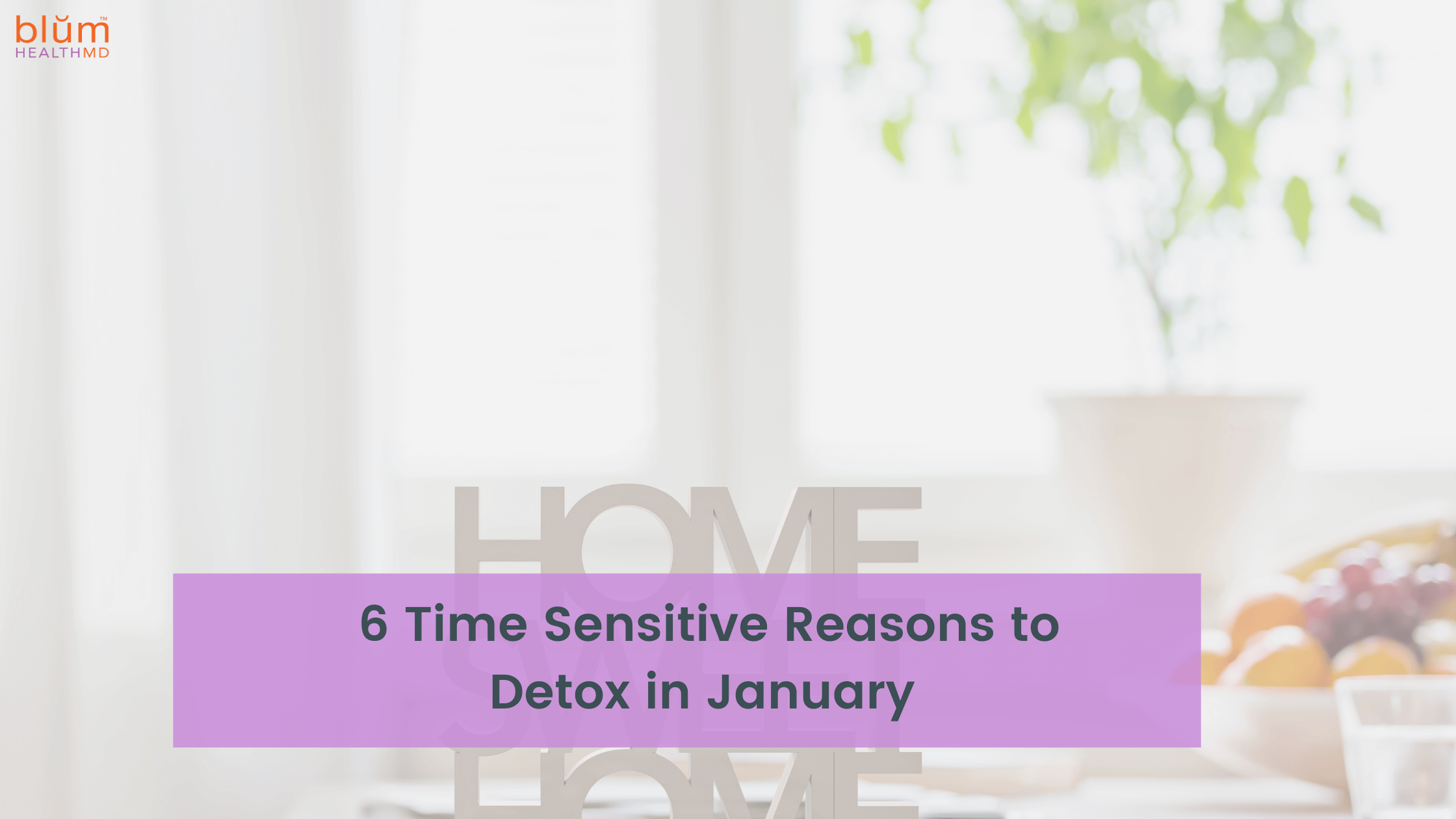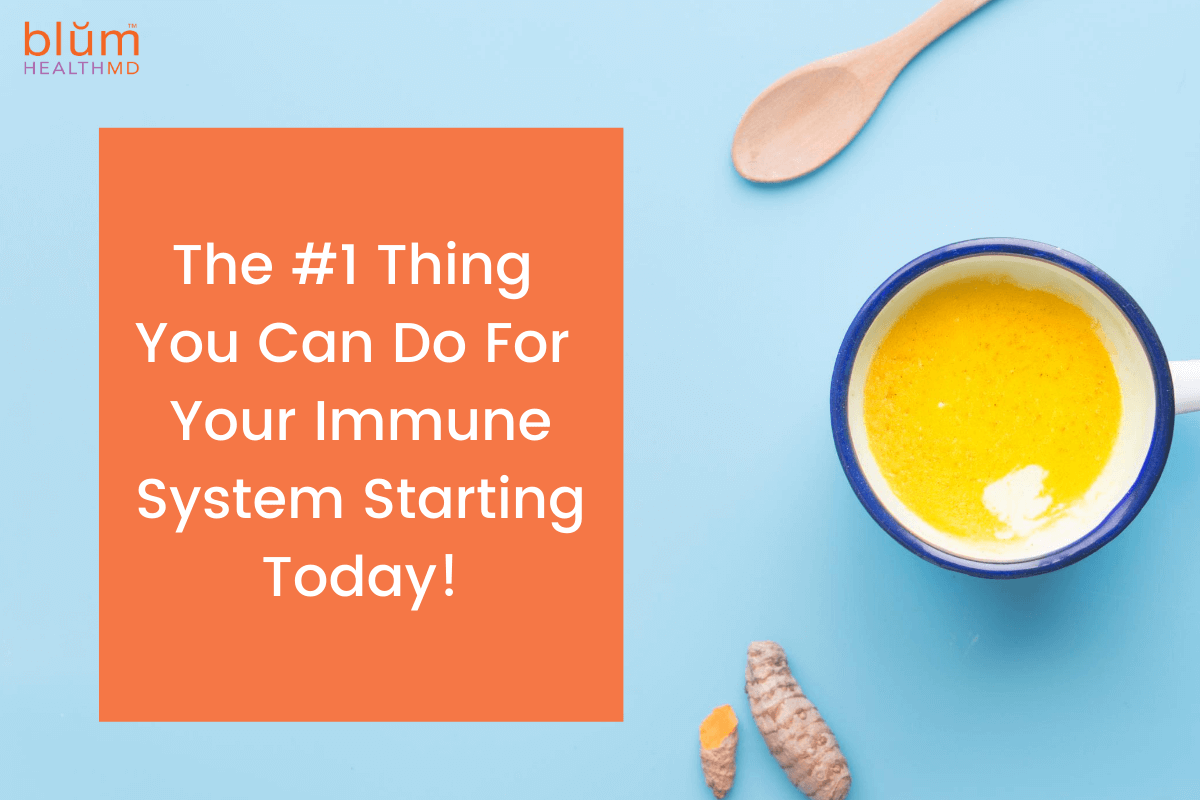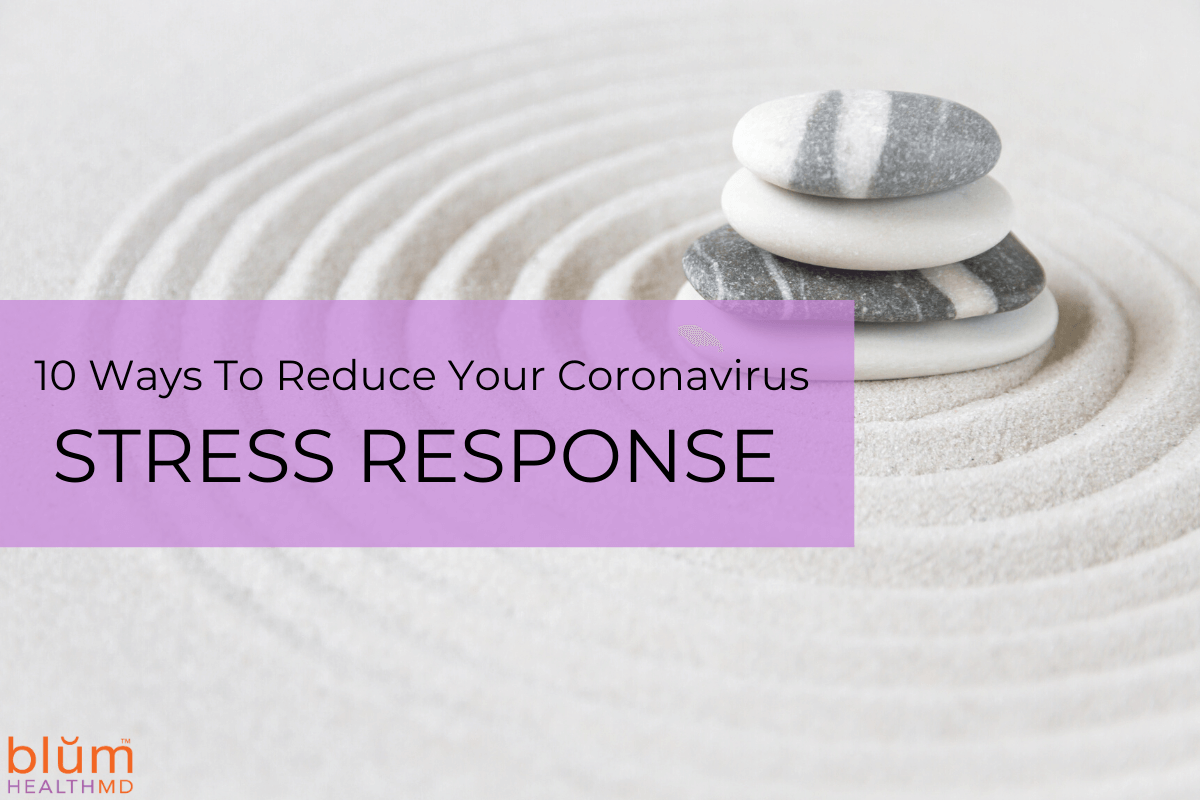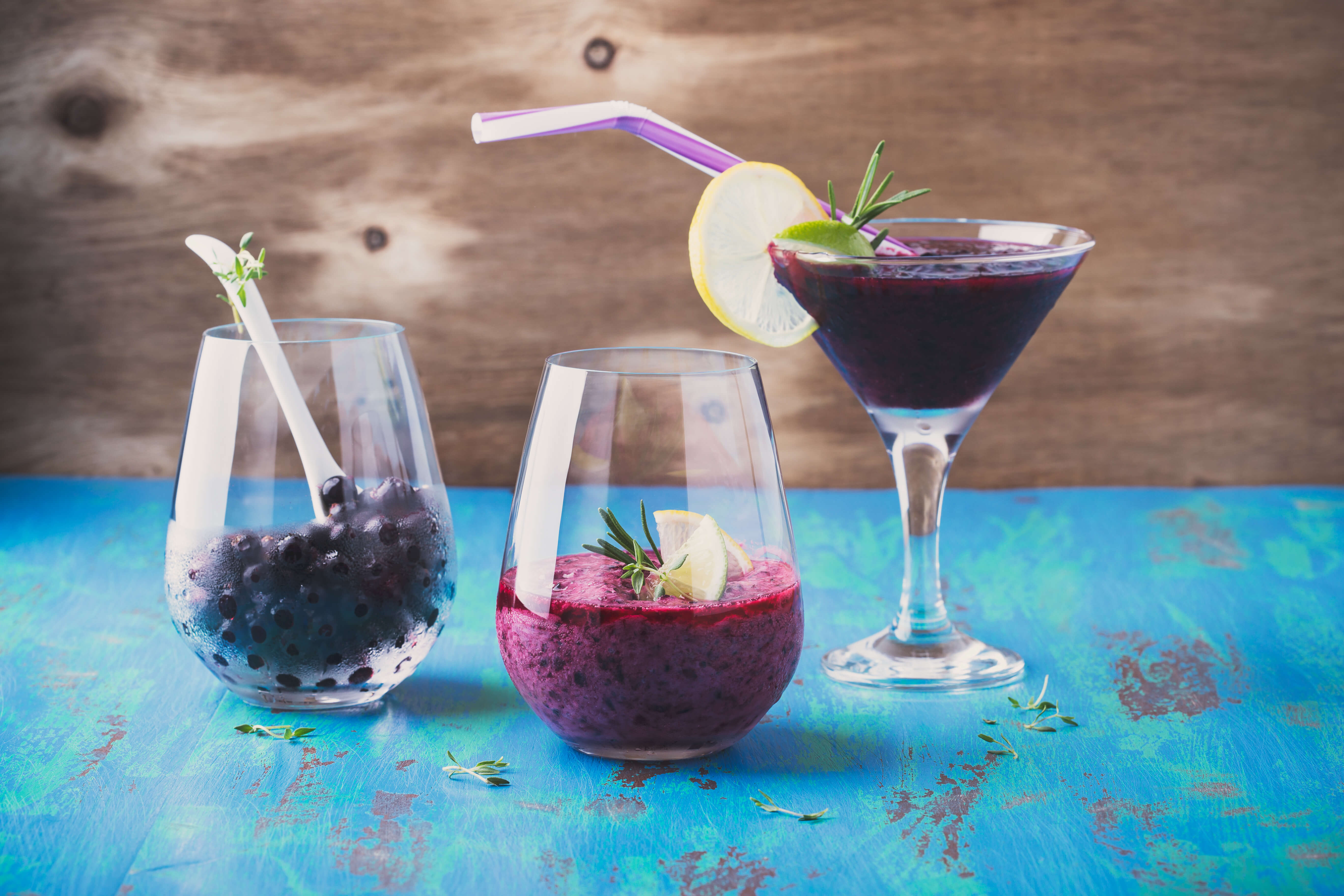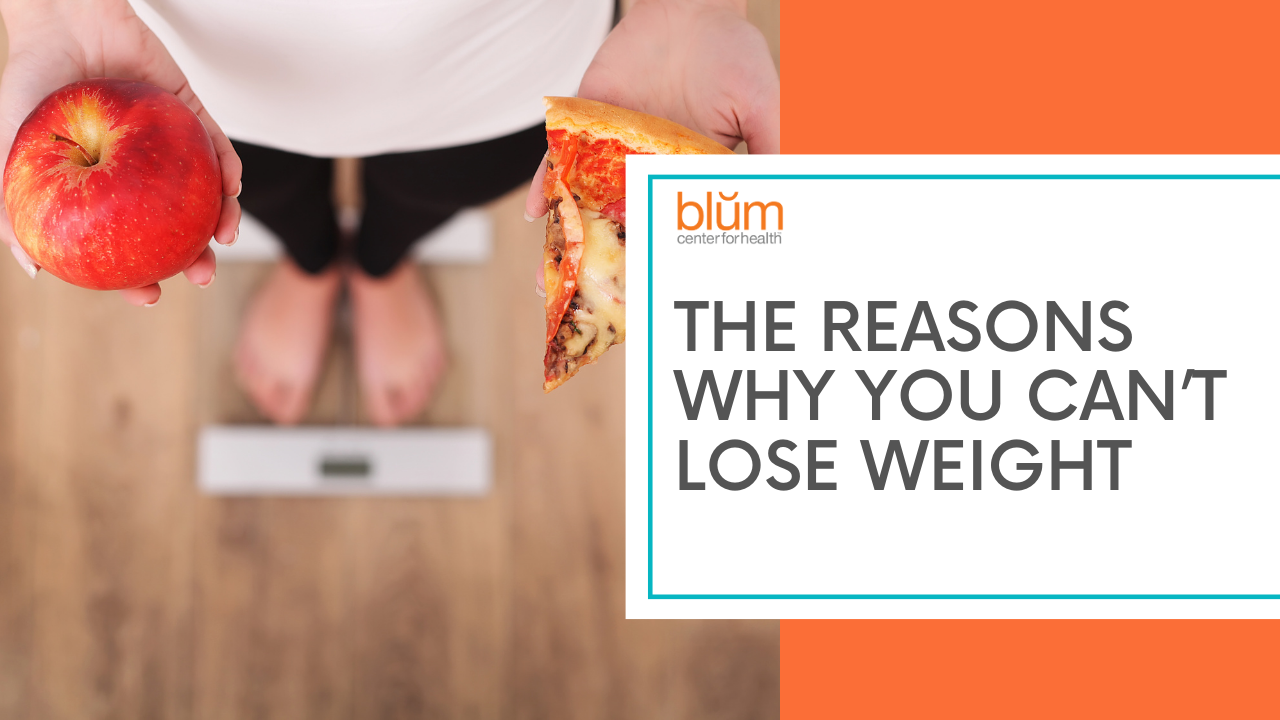
As a Functional Medicine Health Coach, I frequently hear these weight loss concerns:
- I’m really trying to lose weight and just can’t seem to get the scale to budge.
- I feel like all I do is eat vegetables and exercise to no avail.
- My metabolism has changed. I used to be able to lose weight just by reducing my food. Now it’s impossible.
- Ever since I started perimenopause my weight has been creeping up.
- My body just seems to be working against me.
- There are so many diets, and I’m just so confused about what’s right for me.
Do you relate?
If so, don’t despair. It does not have to be this way. There is usually an underlying reason behind stubborn weight loss.
Food-Related Reasons You Can’t Lose Weight
- Food Triggers – You have an argument with a friend or family member; you get a promotion at work; you go to a friend’s birthday party; you’re home alone for a weekend. What do all of these have in common? They can bring up feelings or emotions that are tied to eating. Easy example: a child is given chocolate every time they fall down and cry. Soon enough every time they feel badly, chocolate is their go-to soothing strategy. The stimulus (feeling bad) and the response (eating chocolate) become associated. You can’t have one without the other. Fortunately, these can be “re-wired” so to speak.
- Portion Distortion — You might find it hard to believe but portion size alone is often a culprit, particularly in the United States where portion sizes have grown over the years. Researchers have found, for instance, that meal sizes at restaurants have tripled in size since the 1970s¹ and the plates we serve our meals on have also increased in size.2 At every turn, we are encouraged to eat more than we need.
- Overdoing It With Healthy Foods – Here’s a prime example: Nuts are a healthy addition to your diet — they are a healthy fat, a good source of protein, fiber and have anti-inflammatory properties. But, one serving of Brazil nuts, for example, is two nuts. Yes, one serving is only 2 nuts! One serving of almonds is six nuts. If you’re eating nuts like popcorn, you’re not going to lose weight.
- The Right Mix of Nutrients — Beyond the amount you are eating, is what you are eating. Are you living on rice cakes and cottage cheese, thinking that low-calorie diet foods are going to help you reach your goal? That strategy is likely undermining your weight loss objective. Weight loss is often about moving away from processed foods and into a whole foods, anti-inflammatory food plan that includes increased fats, ample protein and unlearning the reliance on empty carbs, even the so-called “healthy” ones like gluten-free bread and “nutrition” bars. This will ramp up your metabolism, jumpstart weight loss and teach you to eat for life, rather than going on and off diets continually.
- Inflammation — Do you unknowingly fill your body with foods that create systemic inflammation, a slow, quiet disturbance that never seems to shut off? Systemic inflammation is our body’s immune response to substances it sees as a foreign invader. For those struggling to lose weight, inflammation makes you, well … inflamed. You see, there is a very important hormone, called Leptin, that regulates your body’s level of fat by controlling your appetite and metabolism. In healthy people, the production of leptin signals the brain to suppress appetite and speed up metabolism—leading these people to feel less hunger, burn more calories and lose the excess fat. Chronic inflammation, however, impairs the brain’s ability to receive leptin’s appetite-suppressing message.
- And inflammation Can Lead to Leaky Gut – Leaky gut syndrome refers to a condition where the digestive tract lining becomes permeable, allowing toxins and undigested food particles to leak into the bloodstream. This disruption impairs insulin sensitivity, promotes fat storage, and makes it more challenging to shed those extra pounds.
Lifestyle Reasons You Can’t Lose Weight
- Chronic Stress — Stress is a major player in stubborn weight loss. We live stressful, fast-paced lives. Stress elevates cortisol and adrenaline, hormones responsible for “fight or flight” in what your body perceives as an emergency — something as serious as jumping out the way of a careening car, or something as nerve-wracking as public speaking. Once the event is over, our cortisol and adrenaline levels return to normal. This is a healthy stress response.Chronic stress, however, creates havoc in the body. Cortisol levels, which spike during a stress-inducing event, remain elevated. Think … a stressful job, a stressful relationship or even the everyday stress of “getting everything done.”This rise in cortisol puts a damper on weight loss. In fact, chronically elevated cortisol can cause weight gain!3
- Lack of Consistent Quality Sleep — Research4 demonstrates that even slight sleep loss boosts cortisol levels and can accelerate the development of insulin resistance. In fact, one study found that getting just 30 fewer minutes sleep than you should per weekday can increase your risk of obesity and diabetes.5 Not getting enough sleep is related to a host of other issues including heart disease, high blood pressure, accidents, mood disorders, depression and decreased productivity.
Medical Reasons You Can’t Lose Weight
- Thyroid Dysfunction — The American Thyroid Association7 estimates that 20 million Americans have a thyroid problem, and that up to 60% are unaware of their condition. Whoa, that’s jaw-dropping! Hypothyroidism, a condition where the thyroid gland does not produce enough thyroid hormone, is characterized by unexplained weight gain and/or difficulty losing weight. To find out if your thyroid gland is functioning properly, you will need a blood test ordered by your doctor. I highly recommend working with a functional or integrative physician who will look beyond whether or not your numbers are “in range,” including lifestyle and mind-body medicine.
- Insulin Imbalance — If your blood sugar levels and insulin are off, you can experience carb cravings, difficulty losing weight and excess belly fat. Insulin resistance means your cells can’t absorb the extra blood glucose your body keeps generating from the food you eat, and your liver converts the glucose into fat. Processed foods, including beloved foods like pasta and bread, sugary drinks, and even foods marketed as “healthy,” like granola bars, play a role in insulin resistance. Insulin imbalance can give rise to Type 2 diabetes so it is important to get those numbers under control. Again, I recommend working with a functional or integrative physician who will also address lifestyle factors that contribute to insulin issues.
Losing weight can feel difficult but it does not have to be impossible. Your hard work can pay off. It’s a matter of figuring out the underlying challenges.
Not sure where to start? Consider checking out our new Weight Loss Program. Our director of weight loss, Macaulay Kerr, and I have banded together to create a program that incorporates Semaglutide therapy (you’ve probably heard of Ozempic) with an allied coaching that focuses on helping you get on track and stay on track. No more losing weight and then gaining it all back.
Want to learn more?
Already a Patient at Blum Center?
To learn more about the program and whether it would be right for you, simply message your provider or call the office to make an appointment with the director of the weight loss program, Macaulay Kerr, PA, who will review the program with you and help determine your next steps.
New to Blum Center?
Inquire about our Weight Loss Program by calling 914.652.7800 or request a phone or Zoom appointment with our New Patient Coordinator, to learn more. Once you are ready to move forward, the first step is to schedule your 60-minute consultation with our Weight Loss Director to ensure this is the best fit for you.
About Melissa Rapoport: A skilled listener, Melissa empowers her clients to achieve their goals by working together to create tools and strategies that are unique to each person that walks through her door. Her passion is to look at the whole person and, like a detective, find their keys to success, incorporating health goals with topics as diverse as dealing with stress, eating healthy while managing a busy life, increasing joy and creating powerful self-care practices.
